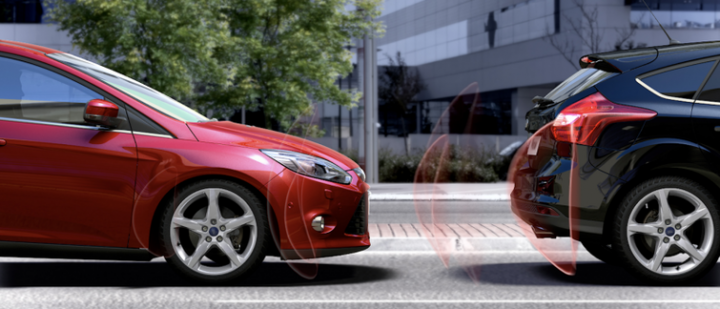
Automatic emergency braking is a popular new auto technology—and it’s been shown to save lives. The the Insurance Institute for Highway Safety (IIHS) estimates that it could prevent 28,000 crashes and 12,000 injuries each year if it was a standard feature on new vehicles.
Soon, that stat will be reality. On March 17, 2016, the U.S. Department of Transportation’s National Highway Safety Administration, along with the IIHS, announced that 20 automakers representing more than 99 percent of the U.S. auto market will make automatic emergency braking a standard feature on virtually every new car by Sept. 1, 2022. Participating automakers include Audi, BMW, FCA US LLC, Ford, General Motors, Honda, Hyundai, Jaguar Land Rover, Kia, Maserati, Mazda, Mercedes-Benz, Mitsubishi Motors, Nissan, Porsche, Subaru, Tesla Motors Inc., Toyota, Volkswagen and Volvo Car USA.
The announcement has been called both unprecedented and lifesaving. To learn more about this important development, check out the source article at iihs.org
FACT SHEET:
Auto Industry Commitment to IIHS and NHTSA on Automatic Emergency Braking
Participating manufacturers: Audi, BMW, FCA US LLC, Ford, General Motors, Honda, Hyundai, Jaguar Land Rover, Kia, Maserati, Mazda, Mercedes-Benz, Mitsubishi Motors, Nissan, Porsche, Subaru, Tesla Motors Inc., Toyota, Volkswagen and Volvo Car USA — representing more than 99 percent of the U.S. new-car market.
Details of the commitment: Participating automakers commit to make AEB standard on virtually all light-duty cars and trucks with a gross vehicle weight of 8,500 pounds or less no later than Sept. 1, 2022, and on virtually all trucks with a gross vehicle weight between 8,501 pounds and 10,000 pounds no later than Sept. 1, 2025.
What is AEB? Automatic emergency braking helps prevent crashes or reduce their severity by applying a vehicle's brakes automatically. The systems use on-board sensors such as radar, cameras or lasers to detect an imminent crash, warn the driver, and apply the brakes or increase braking effort if the driver does not take sufficient action.
Performance requirements: Participating manufacturers will ensure vehicles have both a forward collision warning system that meets a subset of the National Highway Traffic Safety Administration's current 5-Star Safety Ratings program requirements on the timing of driver alerts and an automatic braking system that earns at least an advanced rating in the current Insurance Institute for Highway Safety front crash prevention tests. The baseline performance measures are a speed reduction of at least 10 mph in either the IIHS 12 or 25 mph tests, or a speed reduction of 5 mph in both of the tests.
Safety benefits: IIHS research shows that AEB systems meeting the commitment would reduce rear-end crashes by 40 percent. IIHS estimates that by 2025 — the earliest NHTSA believes it could realistically implement a regulatory requirement for AEB — the commitment will prevent 28,000 crashes and 12,000 injuries.
Monitoring progress: IIHS and NHTSA will monitor automakers' progress toward the commitment and provide annual updates on that progress. Commitment letters from each of the manufacturers, along with annual submissions on their progress, will be posted atwww.regulations.gov under docket number NHTSA-2015-0101.
Posted Tuesday, May 17 2016 12:02 PM
Tags : braking, insurance, safety, news, auto insurance, family
|